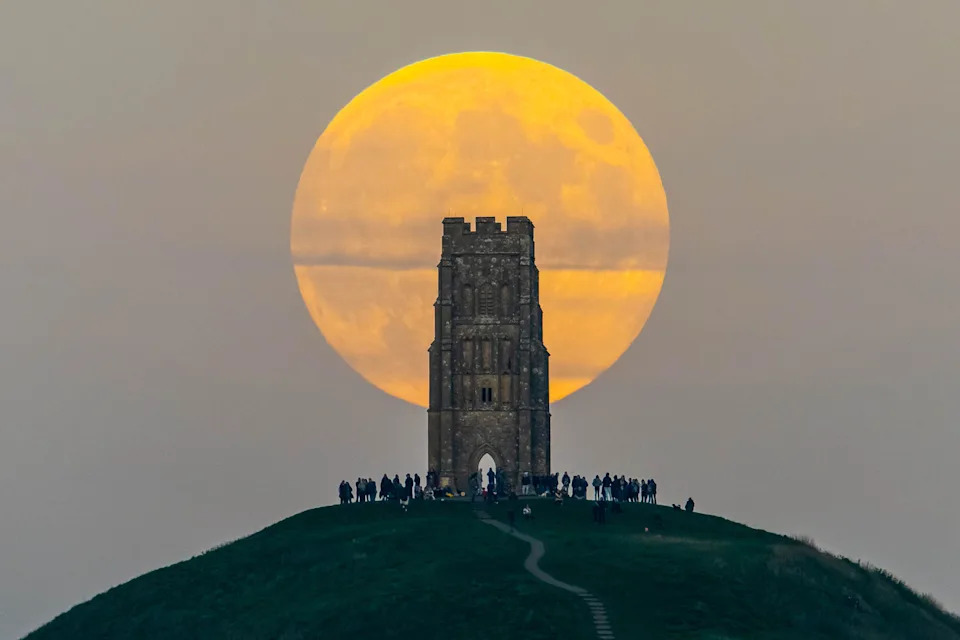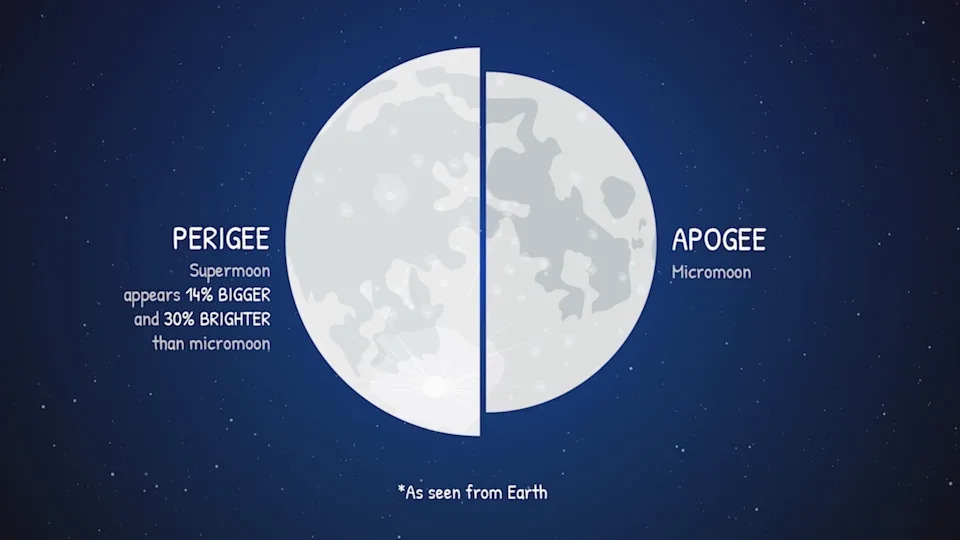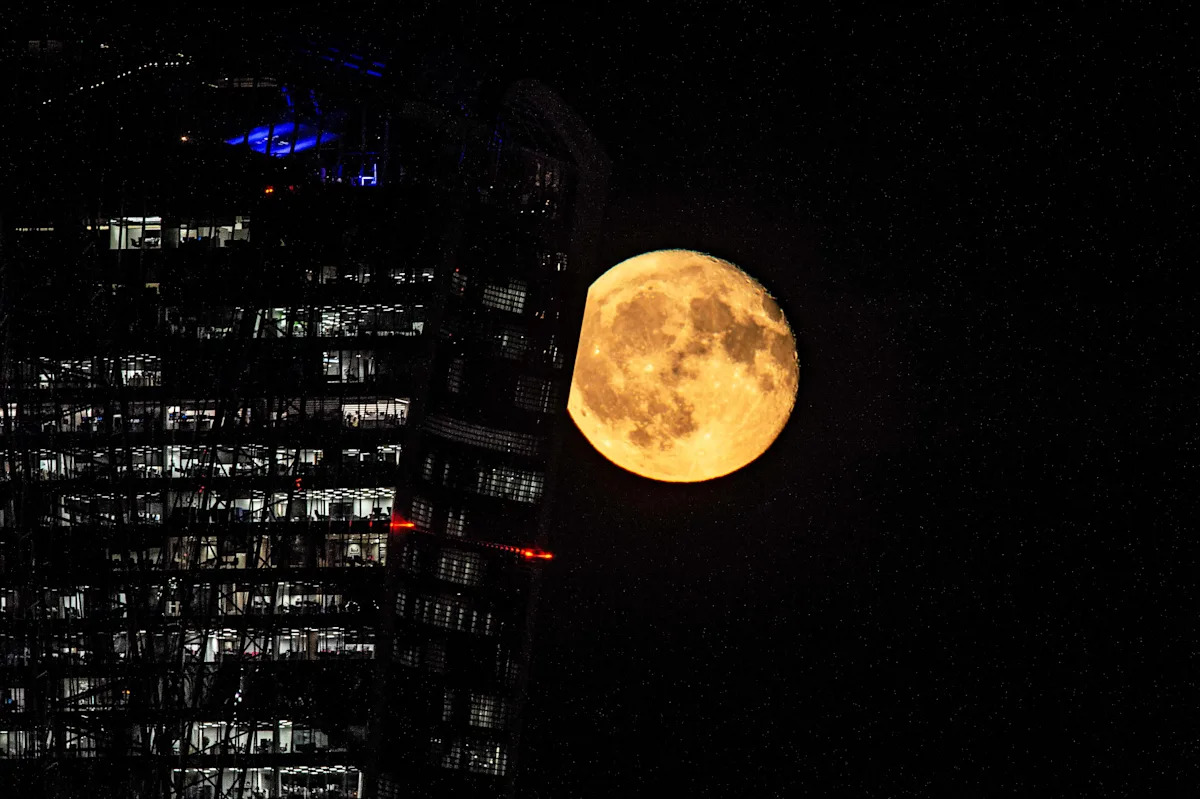Stargazers are invited to turn their telescopes to the sky next week as the largest and brightest moon of the year is set to light up our skies.
The full moon in October is not only a so-called “harvest moon” but also a “supermoon” and the first of three upcoming supermoons before the end of the year.
On 7 October, the moon will come close enough to Earth to be classed as a supermoon and will be visible to the naked eye in the hours before and after.
This celestial event will also be classified as a harvest moon, which is the name of the full moon closest to the autumnal equinox.
This year’s appearance is the first supermoon since November 2024, so a rare treat for UK stargazers.

The most recent supermoon in the UK was in November 2024, as captured from Glastonbury. (Alamy)
The full moons in November and December will also be classed as supermoons, with the 5 November “beaver moon” set to coincide with Guy Fawkes Day.
When is the best time to see the ‘harvest’ supermoon?
The full moon will reach peak brightness at 4.47AM on Tuesday 7 October, but will appear nearly full for a day or two either side.
Experts say the best time to view the moon will be after sunset on the evening of Monday 6 October, when it appears largest and most striking near the horizon.
In the UK, moonrise is expected around 18.20PM, with the moon remaining visible into the early morning hours of Tuesday.
But the spectacle itself began on 1 October, with the waxing moon drifting across the night sky in close proximity to Saturn, offering a rare glimpse of a “moon‑meets‑planet” sequence.
What is a supermoon?
A comparison of the apparent size of the moon when viewed from Earth. The farthest point in this ellipse is called the apogee, while the closest point is the perigee. (Nasa)
The term supermoon describes a full moon that appears larger and brighter in the sky because it occurs when the moon is at, or near, its closest point to Earth in its orbit.
As the moon’s path around Earth isn’t a perfect circle, more like an oval (or an ellipse), the distance between the moon and the Earth varies.
The moment the moon is closest to the Earth is called a lunar perigee, and at its furthest, it is known as a lunar apogee.
If the lunar perigee occurs very close to a full moon, then we can see a supermoon in our skies, which can often appear up to 14% larger and around 30% brighter than a full moon at a lunar apogee.
Technically, a supermoon is defined as a new or full moon when it is within 90% of its closest approach to the Earth.
Supermoons usually happen three or four times a year, with the last occurring on 15 November 2024. After 7 October there will be two further full supermoons on 5 November and 4 December.
Why is it called a ‘harvest’ moon?
The term harvest moon refers to the full moon closest in time to the autumn equinox, which occurs on or around 22 or 23 September each year.
This often means harvest moons are in September, and less commonly in early October, around once in every three or four years.
The name comes from farming traditions in the Northern Hemisphere, when farmers relied on the light of the moon to extend their working hours during the harvest season.

